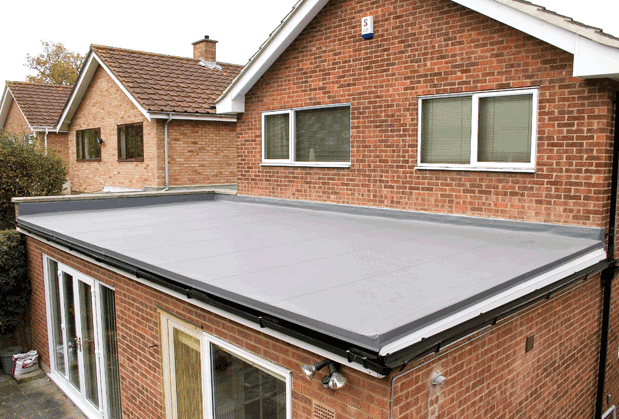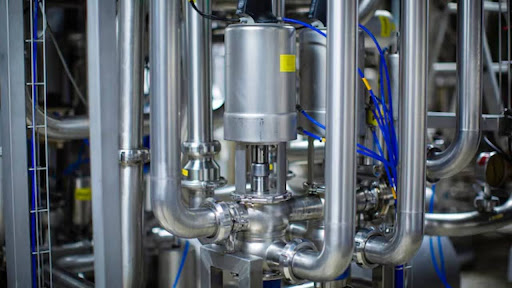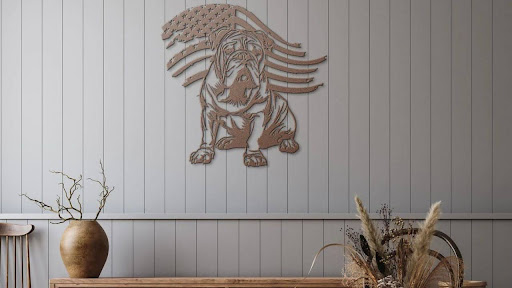When you’re considering purchasing a new roof, you’ll need to take into account the fact that roofs take abuse over the years and that necessitates maintenance. No matter what type of roof you decide to purchase for your home or place of business, you’ll need something durable. While roofs offer options like sloped roof systems that help to shed water and snow, you can also consider purchasing a flat roof system.
Flat roof systems differ from sloped roof systems because flat roof systems provide low slopes, usually between ¼” and ½” per foot. Flat roofs do not shed water as efficiently as sloped roof systems. So, flat roofs offer designs that are feature a monolithic roof surface made to handle standing water for some time.
When it comes to flat roofs, there are three major types of systems to consider. First, there are membrane or “single-ply” roofs, like Ethylene Propylene Diene Monomer (EDM) roofs. There are also Built-up Roofing (BUR) options and Modified Bitumen Roofing choices. We’ll cover each type of roofing system in more depth below.
EPDM Roofing
As the latest in flat roof technology, EPDM roofing is a popular choice. There are a few similar options available on the market today that are similar to EPDM roofs, but EPDM roofs are the most commonly used for residential houses.
EPDM roofing’s popularity is on the rise because it is an environmentally friendly roofing option since EPDM roofing material is of recycled rubber materials. Those rubber materials help create insulation for a home’s roof and attic, bringing down the overall costs of cooling and heating a house. That means EPDM roofs are also economically friendly for people that purchase them. EPDM roofing shingles also come in a bevy of different texture and color options, so they can make even the pickiest person happy.
Built-Up Roofing (BUR)
Built-up roofing used to be the most popular type of flat roof system until the invention of single-ply roofing and modified Bitumen emerged onto the market. When using BUR roofing, tar and gravel make a watertight layer on the roof, waterproofing the roof. There are several benefits to using BUR roofing and creating this type of waterproof system. First, BUR roofs last a very long time and are known to be durable. The use of gravel and tar makes the BUR roof very resistant to damage. However, because of its durability, it also costs quite a bit more money than some of the other options.
Modified Bitumen Roofing (MBR)
While BUR roofs offer a lot in the way of durability, some people prefer the option of modified bitumen roofing instead. BUR roofs are often messy and costly to install, which led to modified bitumen roofing to respond to some of the issues with BUR roofs. Modified bitumen roofing first emerged onto the market in the 1960s, offering a few modifications to the BUR process. With an MBR roof, a person can now get the durability of a BUR roof but use roof wear layers and cap sheets to cut back on mess and make the roof system even more durable.




